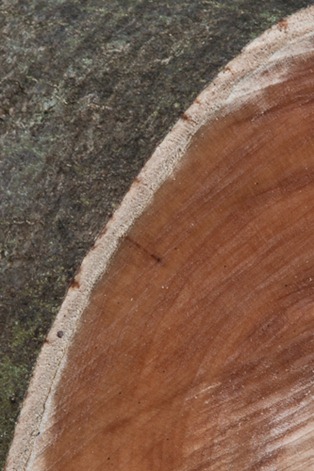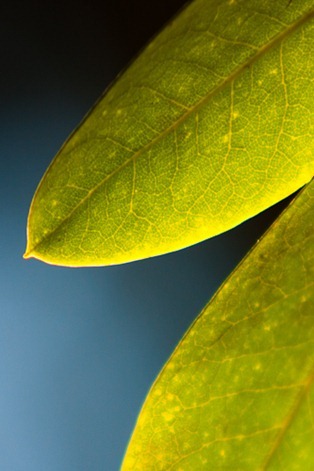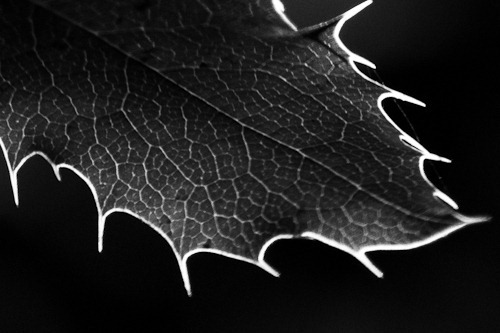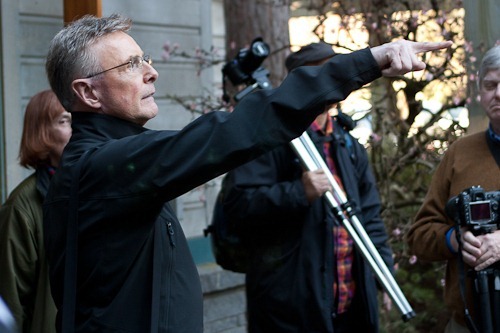I took my first photography class in recent memory this weekend. It was the "Composing Effective Images - Field Edition" by the renown Seattle photographer Art Wolfe. He hosted a reception Friday night for the fifty-or-so students at his incredible home in West Seattle -- stunning rock and water landscaping, insane west-facing view of Puget Sound, and an art-filled interior. It was a nice way to get ready for the weekend.
We were at the Washington Arboretum Saturday and Sunday for lecture and shooting. Art started by talking about his sources of inspiration. As a trained painter, his influences were famous painters. He talked about bringing elements of line, motion, and gesture into our photos, to tell a story or lead the viewer through the photo. Art kept emphasizing that we should be intentional making photos. It's definitely true that I usually am a little careless in my photography, at best having only a notional idea of what I really want.
After lunch, we went into the Arboretum to shoot. Art and his assistants were on hand to give us advice and help us out. I was a bit stymied at first. Art rescued me and helped me find something good to shoot. There were a few key lessons I got from the brief 1:1. He was scanning rapidly for a few things -- interesting subject, interesting light, with a suitable background. He found some backlit plants and then got me down on the ground with my tripod (which I rarely shoot with, but Art seems to rarely shoot without) and close to the subject. Since I was shooting into the sun, he also helped block the light (which I never think of since I never have an assistant). It was a good reminder that the best vantage to shoot things isn't usually eye level and that you need to have a lot of interesting elements right to make an interesting shot. I followed Art and the group clustered with him for a while, picking up the tips I could and then went off again on my own to shoot a while. I admit, I didn't think I had much in the way of interesting shots and was a little bummed by the end of shooting.
That night, I picked and edited three images for critique the next day. Using some of the ideas Art introduced in class, I managed to come up with three images I really liked that I thought were more graphic and abstract than my usual photos.
This is a tree trunk with a sawn off end. It's the only shot of the three where I had a pretty clear idea of what I wanted when I shot the picture. I really liked the thick white line and the contrasting textures and colors on either side of it. 
I saw these backlit leaves and liked the glow. I didn't have a macro lens or extension tubes with me, so I shot a much broader scene with a lot more leaves. I cropped it down to these two, mostly the get the shape against the lovely background. Besides cropping the image, I only messed with the levels to do this. 
Art turned me onto this kind of pointy, backlit leaf. The leaves themselves were green with brown spots, which I thought was distracting. I loved how the edges and veins glowed, so I decided to focus on those and minimize the color distractions by going black and white. I haven't decided yet whether I like this image better this way or vertically. 
The second day started with a great lecture on the different lenses he uses and more importantly, how he uses them. Interestingly, he seems to use only a small number of lenses on a regular basis, bringing in others as needed. The 16-35 and 70-200 are his primary lenses. He uses others such as the fish-eye and 500mm+ in special cases. He also uses a 24-105 as a walking-around lens as well as for some aerial shots. I was a bit surprised to hear that he uses the Canon 70-200 f4 instead of the 2.8; the quality is still very good and it weighs less. Since he's shooting on a tripod most of the time and since digital cameras have usably go to higher ISOs, the weight is a good tradeoff against the extra speed. He also doesn't seem to shoot much with normal lenses (50mm range). Since they produce photos like we normally see them, his contention is they make for uninteresting shots.
We also had a talk from his assistant on how to use Adobe Lightroom. Although I've been using Lightroom for a while, I picked up some good tips even from this section.
Finally, we went through everyone's photos. Art and his assistant critiqued the photos, making quick edits in Lightroom to try to make the images more interesting. It was great to see how they looked at each image and what kinds of things they did with them. There were some really powerful images in the group (and some not so good ones). The feedback on my images was good. Art cropped and rotated them a bit to try some different things, but he had nice things to say. I also got a little "ooh" from the other students when the first image came up, which was nice. I only wish I had named the folder "Anthony C" instead of "Tony C"; as it was, I was one of the last students to be critiqued.
Throughout the three days, we saw a lot of stunning images Art had made. He's a good lecturer - clear, entertaining, and informative. The class wasn't cheap, but it was well worth it. It was especially fun since my friends Chris and Imran were there too. Art hosts photo expeditions all over the world. I think I'd love to take one of these some day. As it is, I'm re-energized to start doing more than taking snapshots again.

Leave a comment